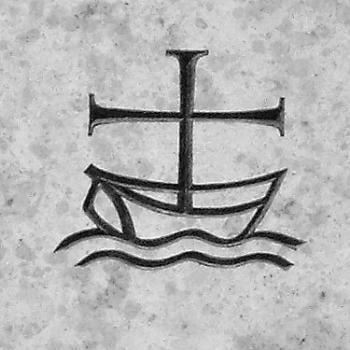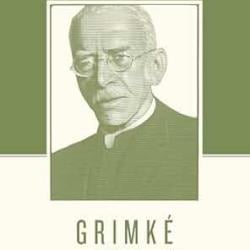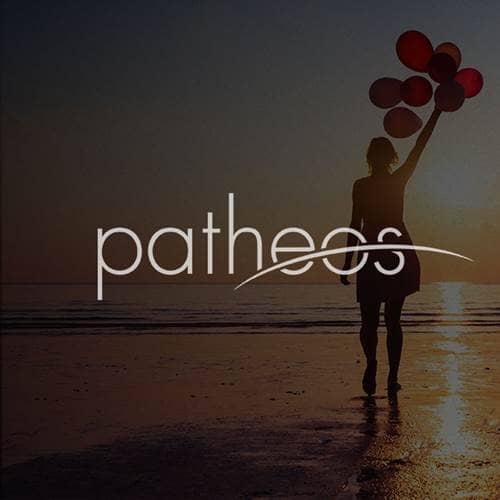
AUM Shinrikyo is the former name of a fairly new Japanese religious group, now called Aleph. It was founded in 1984 by Matsumoto Chizuo, who took upon himself the name “Shoko Asahara” (roughly translated as “auspicious field”), but who also called himself the Buddha (or “awakened one”), the “Lamb of God,” the “Messiah,” and “Christ.”
Shoko Asahara developed a large following, particularly among university students and other elites of Japan, by preaching a potent brew of dissatisfaction with prevailing religious options, the imminent onset of World War III, and the possibility of enlightenment and salvation despite these worldly realities.
Though mostly an offshoot of Japanese Buddhism (or Nihon Bukkyō), AUM Shinrikyo synthesized Buddhist, Hindu, and Christian concepts in ways that created an idiosyncratic, apocalyptic, and (in its early years) sometimes violent movement. Asahara revered the Hindu god, Shiva, as the main deity.
AUM Shinrikyo (which means “supreme truth”) became an officially recognized religion in Japan in 1989. The religion’s current name, “Aleph,” has significant meaning in both Sanskrit and Hebrew. In Sanskrit it means “unlimited expansion” and in Hebrew the name means “chief” or “number one.” (The former of the two meanings is likely the one intended by Asahara’s successors, who renamed the religion.) The movement rebranded itself with this new name in an effort to distance itself from Asahara, whom the faith acknowledge may have been involved in the March 1995 terrorist attacks on the Tokyo subway system, which left 13 dead, and more than 50 others with serious injuries.
Asahara (or Matsumoto Chizuo) was born into a poor artisan family and practiced a variety of trades (including acupuncture and pharmacy [illegally]) before pursuing a wide range of esoteric spiritual ideas as he traveled the Himalayas. He reinvented himself as Master Shoko Asahara, a leader with a charismatic personality; he became a prolific speaker and author, publishing books and magazine articles and making frequent public speaking engagements to promote his ideas. At its peak, AUM claimed more than 10,000 members.
The group was especially interested in recruiting the disaffected among the scientific community, and these were drawn into the development of toxins and weaponry. Because of claims that AUM had a heavy-handed relationship with its disciples—using coercion, threats, demands for money, restraints, torture, manipulation, horrific medical experiments, and even the murder of resistant followers—most scholars label AUM Shinrikyo a cult. The term “cult” usually has a pejorative connotation, associating the religious movement with “socially deviant” methodologies or practices.
In its early years, the cult focused on yoga, rituals, and protests. By the early 1990s, however, it had become increasingly dangerous, and several murders, terrorist attempts, and kidnappings have been attributed to it. In 1994, followers of AUM released a toxic nerve gas in Matsumoto, Japan near the homes of judges who were adjudicating cases against the movement. This attack killed eight and injured more than 500 others. At the time, the connection between the attack and the religious movement were not known.
These charges and others, including assassinations and attempted assassinations of critical journalists and attorneys, were made public only after a subsequent event that made them most widely known throughout the world—the 1995 release of deadly sarin nerve gas in Tokyo’s subways, affecting thousands. Shoko Asahara and his followers were subsequently convicted of the worst domestic terrorist attack in Japanese history. He and twelve of his disciples were arrested for the crime, convicted, and executed in 2018. Others are serving life sentences.
Since the terrorist attacks, the movement has morphed and reemerged as Aleph. It remains a legal, though carefully watched, religion in Japan, and, while still small, it has continued to gain followers both in Japan and in certain other nations, including former Soviet republics.
Read about one of the more peaceful Japanese religions here.
3/10/2023 4:53:28 PM









